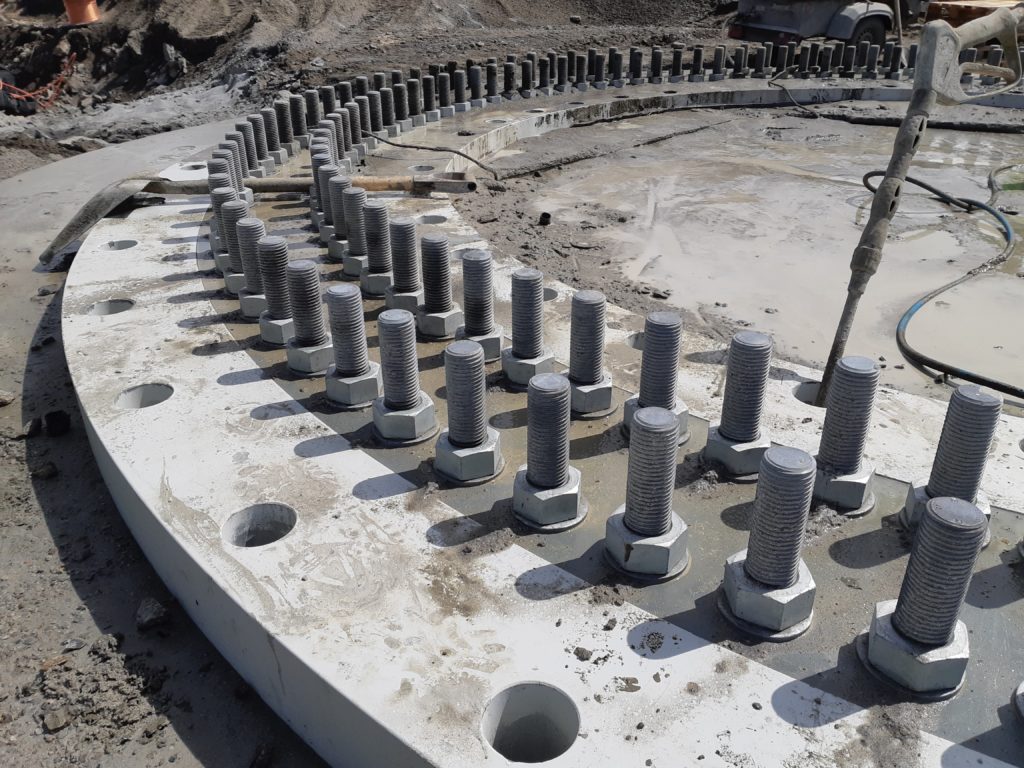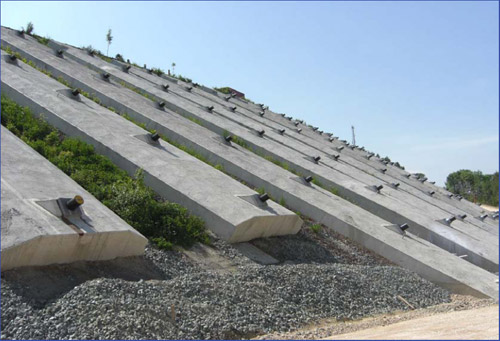Williams Anchors: High-Performance Anchoring Solutions for Construction Projects
Williams Anchors: High-Performance Anchoring Solutions for Construction Projects
Blog Article
Reliable Rock Anchors for Secure and Secure Structures
In the realm of civil engineering, the duty of dependable rock supports can not be overemphasized, as they are critical in developing secure and steady structures throughout a variety of applications. Comprehending the various types of rock anchors, their certain applications, and the details of installation and maintenance is crucial for optimizing their performance.
Kinds Of Rock Anchors

Easy supports rely on the weight of the structure and the surrounding soil or rock to offer resistance. Active anchors, on the other hand, include the application of tension with a high-strength cord or pole, producing a pre-stressed problem in the support - Williams Anchors.
Grouted supports are one more considerable group, in which a steel bar or cord is put right into a pierced opening, complied with by a cementitious grout. When treated, the grout bonds with the surrounding rock, creating a durable anchoring system. Each kind of rock support uses distinctive benefits based on the particular geological conditions and structural needs, therefore playing a crucial duty in the total stability and durability of constructed facilities.
Applications in Building And Construction
Rock anchors play a pivotal duty in different construction applications, giving necessary support and security in diverse environments. These ingenious services are utilized in projects varying from massive facilities growths to smaller domestic frameworks. One of the primary applications of rock anchors is in the stabilization of inclines and preserving walls, where they help avoid dirt disintegration and preserve architectural integrity.
Additionally, rock supports are crucial in securing foundations for bridges, passages, and high-rise buildings, ensuring they can endure side pressures such as wind and seismic task. Their convenience enables installment in tough geological problems, making them suitable for tasks in mountainous or rough terrains.

Trick Selection Requirements
Selecting the proper rock anchor for a details application needs mindful consideration of several essential criteria. First and primary, the geological problems of the site need to be extensively evaluated. Comprehending rock type, stamina, and security is necessary to make certain that the support will certainly do effectively under tons problems.

Another important variable is the rust resistance of the support products. In environments exposed to dampness or chemicals, utilizing corrosion-resistant materials will certainly extend the life expectancy of the great site supports and keep architectural integrity with time.
Furthermore, the support's installment method need to line up with the job's requirements and restrictions. Alleviate of setup, along with the potential influence on surrounding frameworks, should be considered.
Installation Methods
Reliable installment methods are essential for the successful efficiency of rock supports. Correct setup makes sure that the supports achieve the preferred load-bearing capacity and security within the geological problems. The first step in the setup process entails website analysis, where geological studies establish the rock type, condition, and any prospective difficulties.
As soon as the website is examined, the appropriate exploration approach should be chosen-- choices include rotary exploration, diamond exploration, or percussion boring. The choice depends upon rock hardness and environmental considerations. Precise boring click here to find out more deepness and angle are necessary to make sure that the supports align with architectural requirements and tons distribution.
After boring, the following phase includes cleansing the borehole to remove particles, which can endanger bond strength. Following this, the anchor is placed, and if required, a cement or resin is infused to boost bond. The healing time of these products have to be abided by, guaranteeing that the anchors achieve complete strength prior to any tons is used.
Maintenance and Inspection
Appropriate upkeep and assessment of rock anchors are here important to ensure their lasting efficiency and reliability (Williams Anchors). Routine analyses aid identify any kind of potential issues, such as corrosion, variation, or structural fatigue that might jeopardize the integrity of the anchoring system
Routine examinations ought to be carried out at defined intervals, thinking about environmental factors and the specific application of the rock anchors. Visual examinations should concentrate on the subjected sections of the anchors, looking for signs of rust, splits, or other anomalies. Additionally, it is vital to evaluate the bordering geological problems to discover any changes in soil or rock that may affect anchor performance.
In many cases, advanced strategies such as lots screening or non-destructive screening might be warranted to ascertain the anchors' load-bearing capacity and overall health. Proper documentation of evaluation findings, maintenance activities, and any kind of repairs or substitutes executed is essential for recurring analysis and conformity with market criteria.
Verdict
To conclude, trusted rock supports play an important function in making sure protected and stable foundations throughout different building applications. By effectively moving lots and improving stability versus side forces, these supports add considerably to the longevity and honesty of frameworks such as bridges, tunnels, and preserving walls. Strategic option, setup, and upkeep of rock anchors are vital for optimizing efficiency and securing public security, ultimately underscoring their value in modern-day design methods.
Report this page